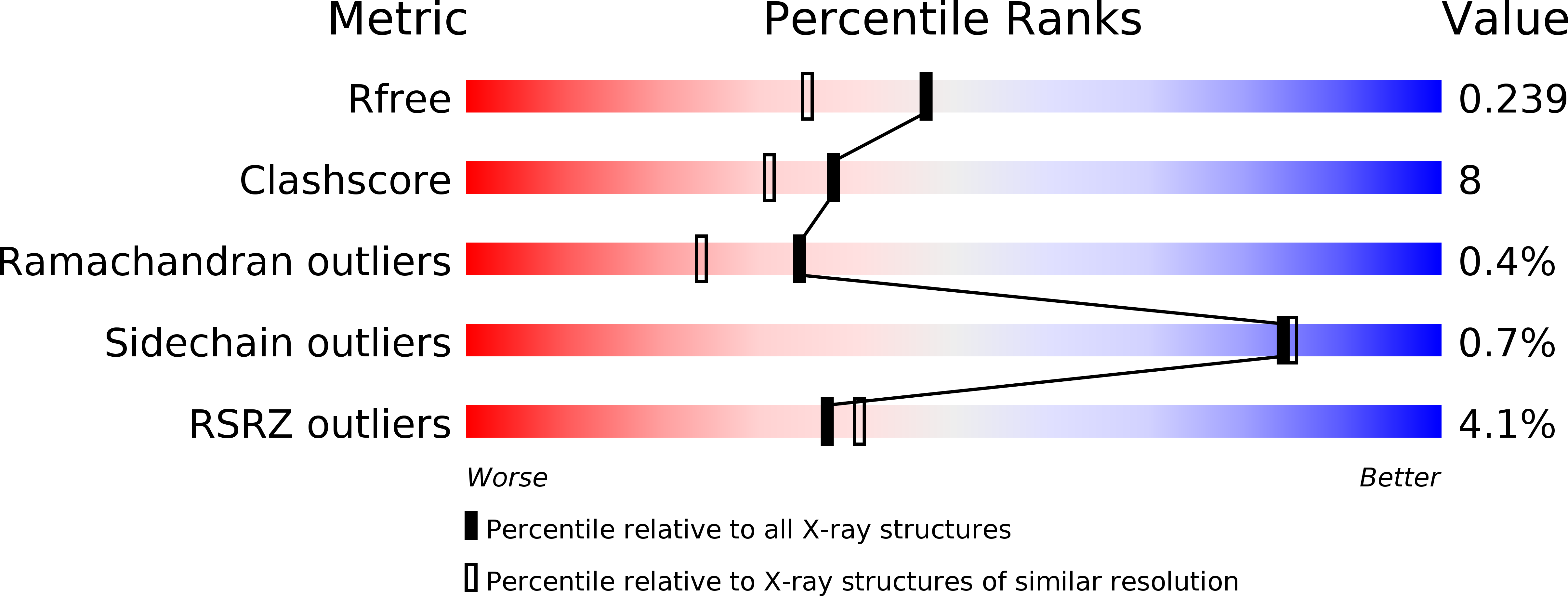
Deposition Date
2006-10-31
Release Date
2006-11-21
Last Version Date
2023-08-30
Entry Detail
PDB ID:
2NQO
Keywords:
Title:
Crystal Structure of Helicobacter pylori gamma-Glutamyltranspeptidase
Biological Source:
Source Organism:
Helicobacter pylori (Taxon ID: 210)
Host Organism:
Method Details:
Experimental Method:
Resolution:
1.90 Å
R-Value Free:
0.23
R-Value Work:
0.19
Space Group:
P 1 21 1


